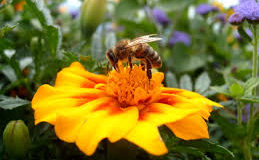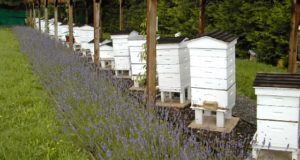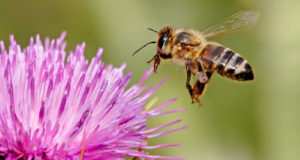
A habitat is the natural environment in which the plant species exists, and it comprises of complex interactions between the plants and animals, and their physical environment. The evolution of habitat for a particular species takes a long time, even ranging to thousands of years. This makes it imperative for us to preserve the existing habitats and balance the ecosystem. Restoration is the only option in case of habitats where losses or damage has already occurred. Habitat restoration would firstly require the disturbed habitats to be identified and then restoring of the native flora and fauna. Restoration of a habitat is difficult and a long-term process that involves re-generating the conditions that are essential for a particular habitat to exist. Many problems are encountered, like managing exotic and invasive species, problematic soils and variations in population.
Before getting on to the task of habitat restoration one has to have a complete understanding of the ecological requirements of the species involved, of the history of the land-use patterns and a clear picture of what the perfect habitat should look like. This process requires good amount of time, energy and money. Looking at the gravity and the immenseness of the issue, the government is giving financial and technical assistance to individuals to repair the habitat and is providing with information of the habitat needs of the wildlife species, publications on improving the habitat and the process to establish native grasses. Various restoration projects and programs have been initiated by the government through its agencies and departments. Some of the restoration projects and programs are the farm wildlife habitat program, landowner’s incentive program to protect and enhance the rare species habitats, wildlife resources foundation programs and stream mitigation program to improve water quality and riparian habitat of the aquatic resources, forestry programs to increase public awareness about wise forest use and management, fish & wildlife service programs to restore, improve and protect fish and wildlife habitat, cooperative partnerships, agriculture programs to establish a soil-conserving vegetative cover on highly erodible and environmentally sensitive lands, wetlands reserve programs to restore wetlands on private or tribal property through acquisition of conservation agreements, and grasslands reserve programs to maintain healthy grazing lands and protect them from development.
Restoration of native plants is essential as they provide food, shelter and cover for many kinds of wildlife. They also enrich the soil, and their roots help reduce soil erosion and filter out the pollutants from the rain water before it reaches to the fishes in the streams and lakes. These native plants have over the time developed a relation with other surrounding plants, animals and microorganisms and they all have adapted to similar soil, moisture and weather conditions. Habitat restoration is also possible individually by landscaping and developing gardens of native plants purchased from a nursery. This way it is possible not only to save on water, make the soil fertile, reduce pesticides use and but also enrich the garden with all kinds of beautiful flora and fauna.

Source by T Sons
 Vitamin Agent The Health & Naturalistic Source
Vitamin Agent The Health & Naturalistic Source





